This industry is under siege. The Transportation Intermediaries Association projects staggering losses of $500 to $700 million this year from double-brokered loads, with cargo theft piling on millions more. It’s time to fight back.
Scammers are exploiting a freight market oversupplied with capacity. In a nutshell, their devious strategy involves:
- Posing as legitimate carriers offering irresistible rates
- Stealing identities of reputable motor carriers and brokers
- Securing loads through digital load boards
- Operating undetected for weeks before vanishing
Cargo theft follows a similar pattern. Fraudsters pose as legitimate entities to gain possession of shipments before redirecting them and stealing the cargo. In both cases, prevention is vital since prosecution remains challenging. Local and state police need more resources; even the FBI often hesitates to get involved.
But there’s hope. The recent Jarrett Supply Chain Summit in Orrville, Ohio, tackled these issues by offering practical solutions for today’s vulnerable supply chain.
Vigilant Vetting: The First Line of Defense
Brokers and carriers are using monitoring services that identify red flags regarding insurance coverage, operating authorities, safety records, company history, financial stability, and other vital details. New services, such as Highway and Carrier Assure, offer additional resources to detect identity theft.
Shippers and consignees also play a crucial role by verifying the credentials of drivers and carriers arriving to pick up and deliver loads. For example, they can require freight brokers to set appointments and provide the carrier name, DOT number, driver, and truck/trailer number, among other details. When drivers arrive, they can confirm their information matches the record.
Preventing Fictitious Pickups
Fictitious pickups follow the same playbook as double brokering, where an illegitimate carrier poses as an actual carrier to secure loads from shippers or brokers.
Fictitious pickups and fraud have increased by over 1,000% in the past two years. California, Illinois, Texas, and Ohio are the top four states where it happens, according to CargoNet.
Keith Lewis, vice president of CargoNet, said energy drinks are the top prize, followed by solar panels, copper, alcoholic beverages, and vehicle accessories. Lewis noted that loads containing energy drinks are worth between $70,000 and $200,000. Many of these stolen loads are being shipped overseas to countries that have banned energy drinks, creating black-market demand.
Spot Scammers, Secure Your Shipment
Preventing freight fraud and cargo theft is all about the details. For example, you might receive an email from a familiar entity, such as a motor carrier, with a number replaced by a letter in the email address.
You might also receive an email from a legitimate e-mail address. A scammer could have hacked into the carrier’s email system. Recently, Jessica Renner, senior claims analyst at Jarrett Logistics, noticed an email was worded differently from how the contact usually communicates.
She forwarded the email to the contact to ask if he had sent it. The answer was no; the carrier had been hacked. “Paying close attention to detail can be the difference between whether your shipment gets stolen or not,” Renner said.
In another case, Renner recounted a driver arriving at a shipper to pick up a load in California. The shipper asked to see his driver’s license as part of its normal validation process and spotted two red flags: His license was not a CDL, and the state emblem was wrong. The license was forged.
Jarrett Logistics has implemented new processes to be more vigilant in fraud detection. Renner said the company partnered with Cargo Net in May to help focus its efforts on areas where crime is more rampant.
“The information we have received, including the data analytics and the extended trends, has helped make our internal processes even better than they were prior,” she said.
Visibility: The Game Changer
Shipment visibility has grown exponentially since asset tracking systems are ubiquitous in the trucking industry thanks to the ELD mandate and smartphone apps. Shippers and freight brokers can use third-party freight visibility systems that integrate with carriers’ tracking systems to validate the truck/trailer dispatched to pick up a load is the same that arrives.
Furthermore, these visibility systems can monitor the equipment en route to ensure loads are delivered without changing equipment or drivers.
Suppose scammers get through the first lines of defense and pick up a load. In that case, visibility could be lost unless shippers and freight brokers have tracking systems that monitor individual pallets or containers within trailers. Renner said Jarrett Logistics partners with a service to maintain this type of visibility at the cargo level.
Outsmarting Freight Fraud: Stay Sharp, Stay Secure
The strategies and technologies you use today to prevent and combat freight fraud and theft can quickly become stale. For example, Renner said freight brokers and 3PLs should update their carrier vetting process at least every six months.
“These bad actors are intelligent,” she said. “As we change our methods, they are also changing. We need to make sure that we’re always evaluating our process to be proactive in preventing and minimizing the risk.”
Solving this complex challenge in the transportation and logistics industry requires a multifaceted approach. No one company or vendor can do it alone. New partnerships, products, features, integrations, and services are coming out to help companies protect themselves and their customers from freight fraud and theft.
As a transportation and supply chain marketing specialist, Virago stands ready to help technology companies reach the right people, connect with the right partners, and deliver powerful messaging to spark crucial conversations to fight against freight fraud and cargo theft. Connect with us today.



